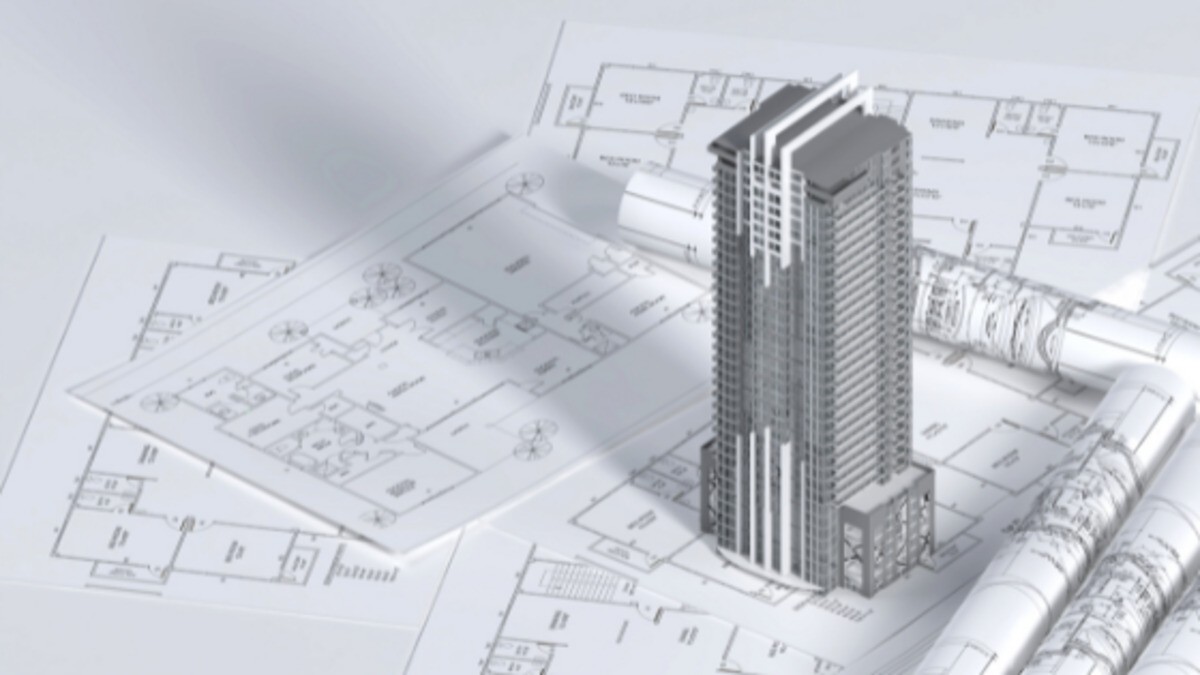The Role of BIM in Facility Management and Energy Efficiency

Facility management is a necessary task for the smooth operation of buildings of all types. As a manager of one or more buildings, you already have resources and tools to access information about your facilities, perform successful maintenance and achieve energy efficiency.
Nevertheless, you have certainly already found yourself in a situation where it was difficult to understand how your building works or to find the source of a technical issue.
In this article, you will discover how BIM (Building Information Modelling) works and how it can be useful for facility management and to achieve energy efficiency.
What is BIM Methodology?
BIM methodology is a process widely used in the construction and architecture industry to design buildings. It takes into account information from the entire life cycle of a building: the design (pre-construction), construction, commissioning and demolition/deconstruction phases.
BIM is increasingly used around the world. Its use in the UK has been a requirement throughout the public sector, since April 2016 and is also widespread in the private sector.
BIM is commonly mistaken for 3D design thus reducing it to only one of its functions. The main reason for this confusion is because the most visual part of the process is the creation of a digital model, in which structural, architectural, supply and other elements can be visualised to scale.
It is true that the 3D model plays an important part in the process. However, the basis of the BIM method remains in the collaboration between all the teams, and in the process of organising and classifying all the elements of a building.
This collaborative element is the key to BIM. All members of a design and construction process share information to ensure smooth operation and to anticipate potential inconsistencies. This will help optimise the functionality of the building and improve facilities management when it is up and running.
Elements included in the BIM digital mock-up
The 3D model includes the building structure, architectural design and essential supplies such as electricity and water. All possible details can be added, which includes for instance piping, gas ducts, electrical wiring, fibre optic input and other elements and sensors.
In highly advanced models, parameters such as orientation, local rainfall and sunlight can be entered to analyse whether the building is well designed or modifications need to be applied. Parameters can even take into account the use of solar panels depending on the incidence of the sun and thus define in which areas the building would need artificial lighting and ventilation.
As you can see, many factors can be incorporated already at the design stage to help make the building efficient from the very beginning.
Although BIM has become a key process in the design of new buildings, it can also be applied to existing buildings. This option is less common but is slowly gaining popularity among professionals.
You may ask yourself, why spend so much time on 3D design instead of building it directly?
If the design is carefully detailed, it will not only be of great help in the construction phase but also in the facility management and maintenance of a building later on.
>>Read the full article here<<



